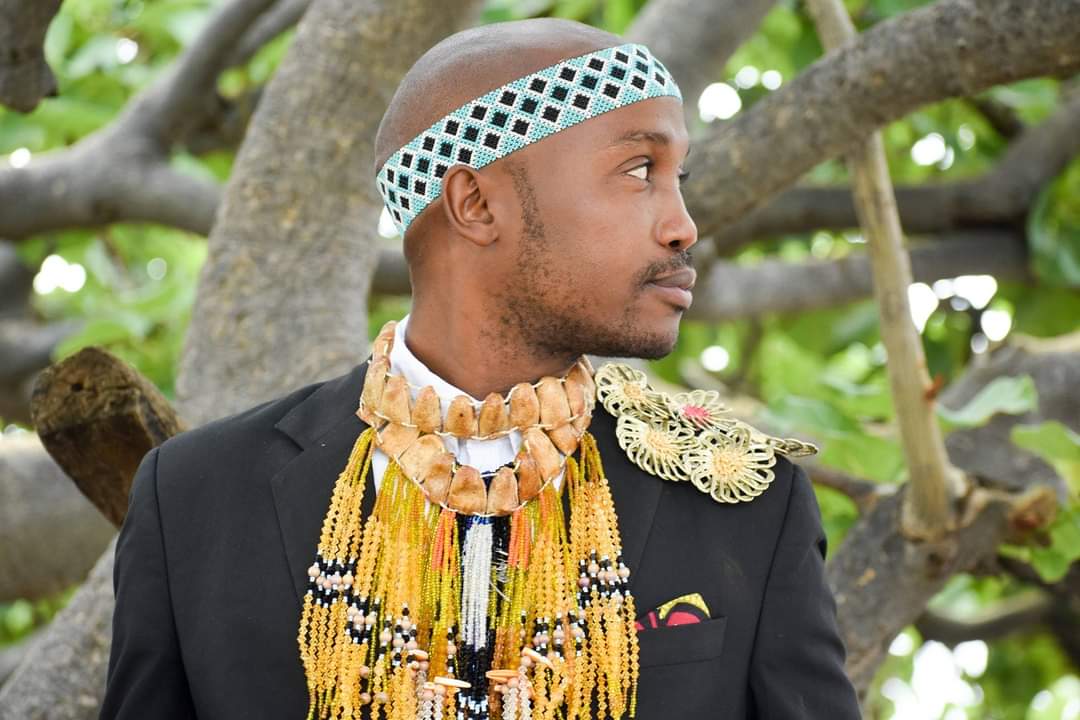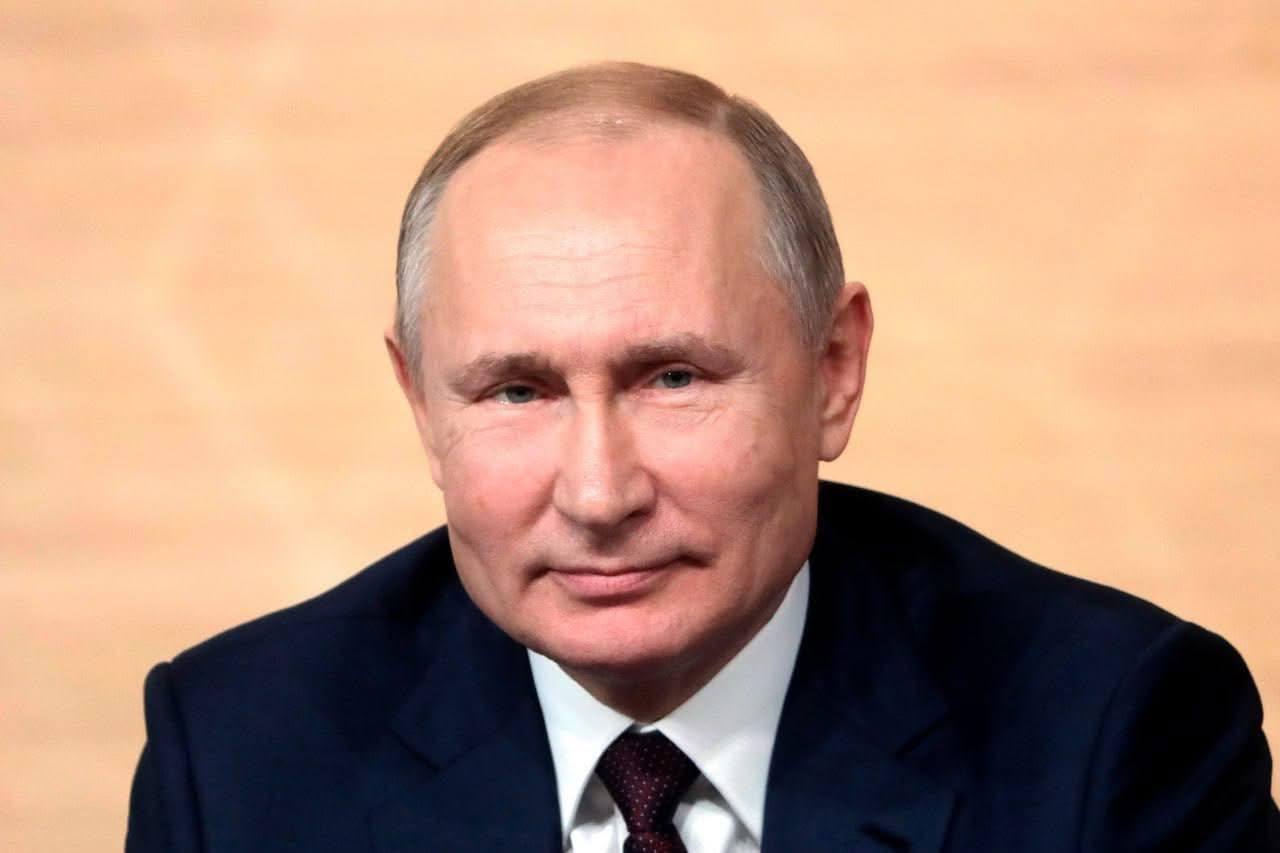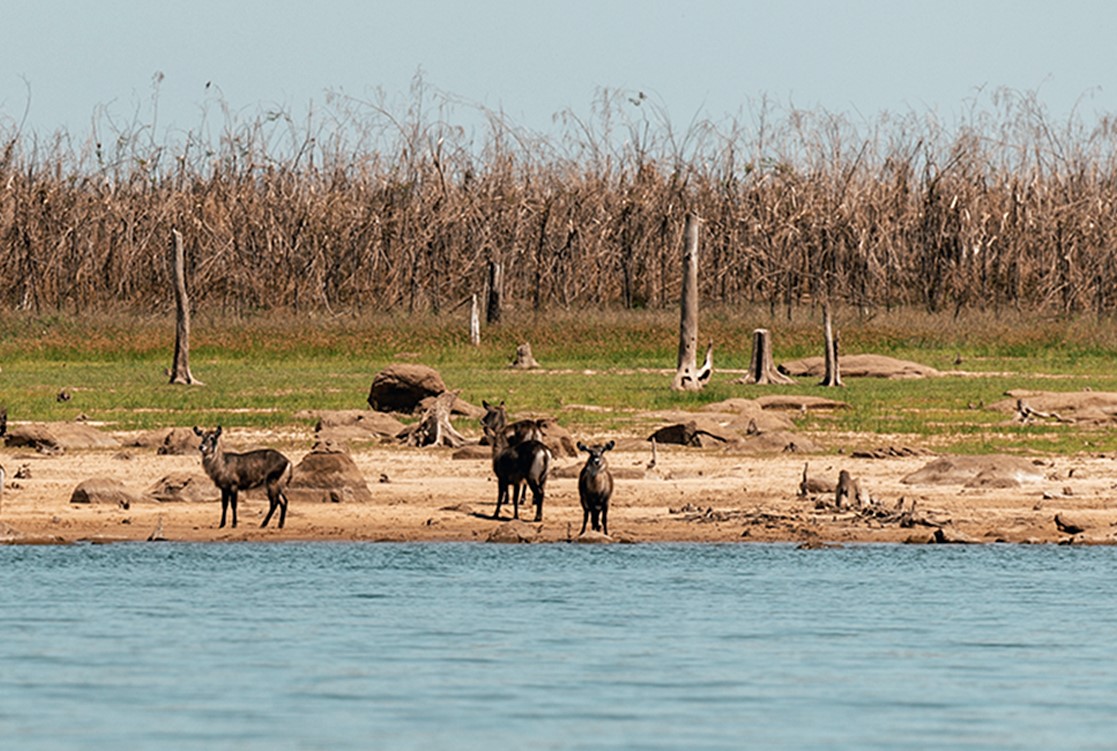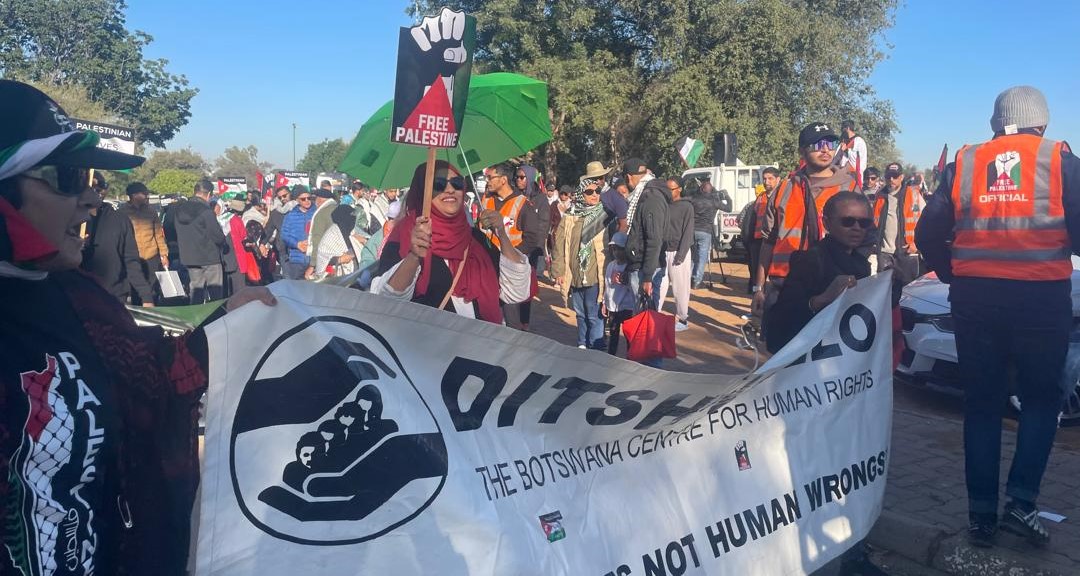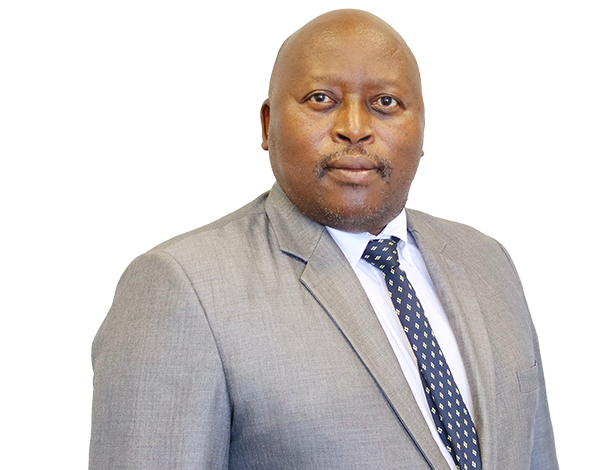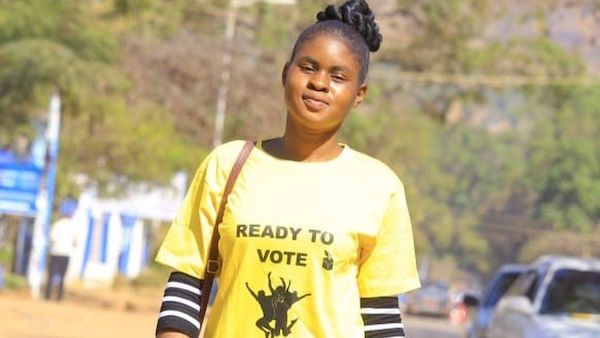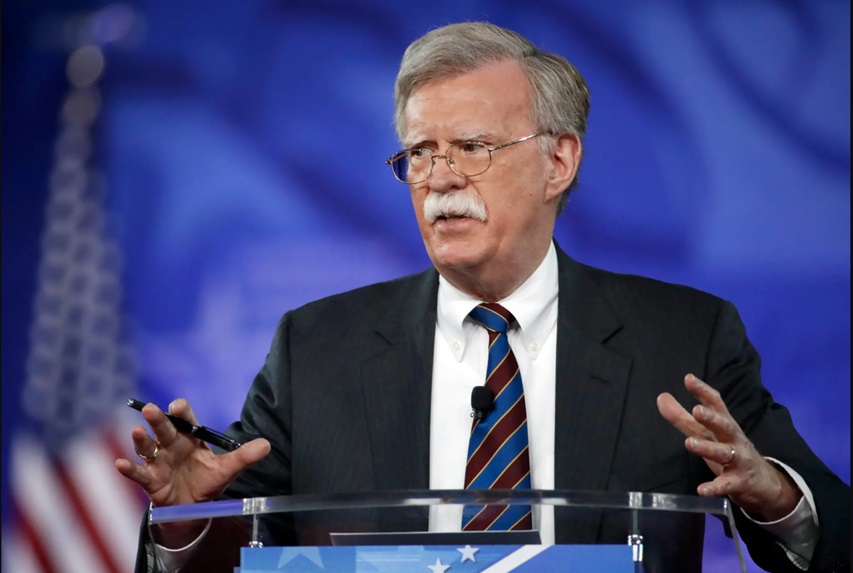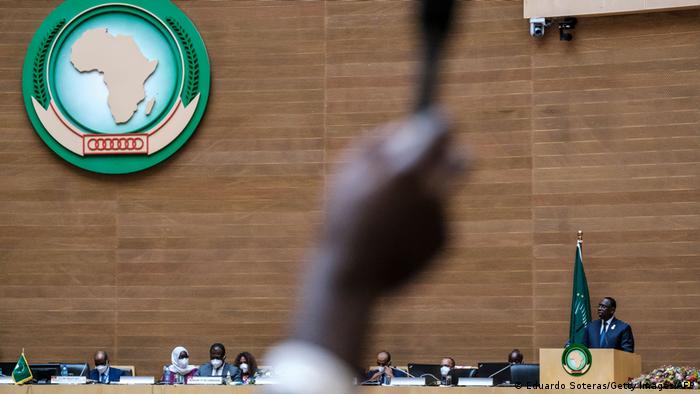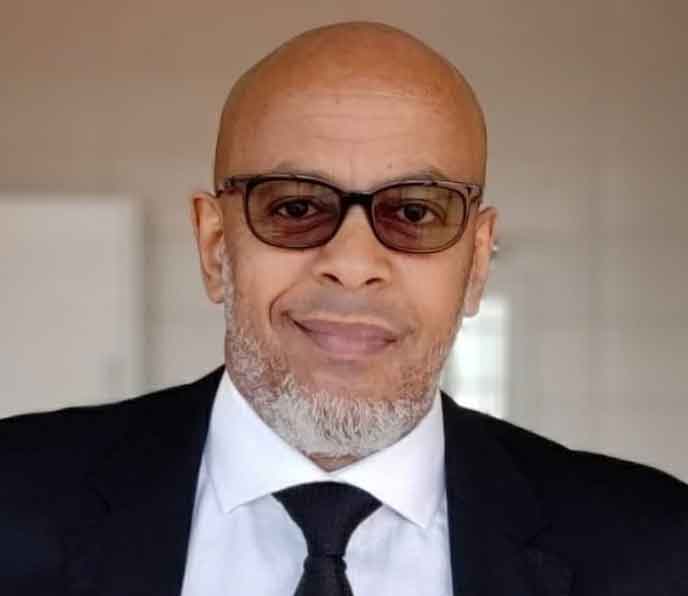
In May 1963, thirty-two independent African States, who had genuine hopes and visions for the continent of Africa, came together in Addis Ababa, Ethiopia, to create the Organization of African Unity (OAU).
I had the privilege of hearing a detailed account of the staging of the 1963 Addis Ababa Summit Conference, and the reason as to why the Ethiopian capital became the site of the OAU headquarters, from a man who was once described by the international media as being closer than any other to the staging of the creation of the OAU.
The man was none other than my father, the late Ketema Yifru, who was the Ethiopian Foreign Minister (1961-1971) at the time. Ketema Yifru was also recognized by the media as having played a prominent role in the creation of Africa’s regional organization.

Based on the discussions I had with my father as well as his taped and written interviews, I now clearly understand what he meant when he said, “Only a few are aware of the hard work and all the effort that brought about the creation of the OAU.” Most of the public is not aware of the shuttle diplomacy, the closed door negotiations, and all the tireless effort, in general, that paved the way to creating the OAU. In addition, the majority of the public is not aware of the fierce diplomatic battle that was fought by a number of states to have the OAU headquartered in their respective capital cities.
After I spoke to many people and read through a number of books that have been written on this subject, it dawned on me that many are not privy to the details behind the formation of Africa’s regional organization. It seems that other than a handful of people, the majority are not aware of the OAU’s history and its formation. It is my hope that once this article reaches the public, it will give the readers an opportunity to understand the history behind the creation of the OAU.
This article is solely based on the former Ethiopian Foreign Minister, the late Ketema Yifru’s account on how the OAU was formed. The BBC’s Focus on Africa Report describing Ketema Yifru’s role in the creation of the OAU, stated that he was probably closer than any other to the staging of the 1963 Addis Ababa Summit Conference, which paved the way to the creation of the OAU.
Ketema Yifru was promoted to the rank of Foreign Minister in 1961 – a period in which the rift between the Monrovia and Casablanca Groups seemed to have caused a permanent division in the continent. Ketema Yifru was an active participant in all the meetings and negotiations that led to the creation of the OAU.
He also played a leading role in the August 1963 Dakar Foreign Ministers Conference, where the question regarding the location of the OAU’s headquarters was once and for all resolved. This article will give the reader a bird’s eye view of the events that led to the creation of the OAU. In addition, it will also put to rest the unfounded speculation of the reason as to why the Ethiopian capital was chosen to house the headquarters of Africa’s regional organization.
Introduction
In order to strengthen the continent of Africa and to make it less vulnerable to outside influence, President Kwame Nkrumah of Ghana strongly believed that the continent should be united. Thus, in the late 1950s, Dr. Kwame Nkrumah started a movement, which stressed the immediate unity of the African continent.
When Dr. Kwame Nkrumah introduced the concept of African Unity to the continent, a division, which was based on the implementation of this new concept, was created at the onset. On one hand there were those countries which believed in the immediate unity of Africa. These countries were originally Ghana, Guinea, and Mali.
Later on Egypt, the Transitional Government of Algeria, and Morocco, joined the Ghana-Guinea-Mali Union to form the Casablanca Group. On the other hand, the twenty-four member Monrovia Group, otherwise known as the Conservatives, which included Nigeria, Liberia, Senegal, Ivory Coast, Cameroon, Togo, and many others believed in a much more gradual approach to the question of African Unity. Many believed that the rift between the two groups would become permanent and thus ending the hopes and dreams of African Unity.
Yet, in May 1963, these two opposing groups were able to come together to form the Organization of African Unity. Many had speculated as to how such opposing groups would merge to form the OAU. Some have suggested that all the independent states that came together in Addis Ababa, did so because of the great respect they had for Emperor Haile Selassie.
Others have managed to feed the public, through various mediums, with similar unfounded stories as to how the OAU was formed. Even those who have genuine interest in telling the story have not been successful in their endeavours, because it is impossible to tell the story of the creation of the OAU with just a paragraph or two.
Ethiopia and the Two Opposing Groups
The story begins in the early 1960s, when most of the independent African states had pledged an allegiance to either the Monrovia or the Casablanca Group. According to the then young Foreign Minister, Ato Ketema Yifru, his office received invitations from the two groups in January 1962.
Ketema Yifru began his tenure as Foreign Minister (1961-1971) by concentrating his efforts to bring Ethiopia in line with mainstream Africa. His experience in the USA (early fifties) and most importantly the way in which his country was abandoned by the League of Nations, during its hour of need, had made Ketema Yifru an avowed Panafricanist.
The Foreign Minister strongly believed that his country’s true allies were his fellow African brothers and sisters. They say African freedom fighters, like Nkrumah, wept when they heard news of the 1935 invasion of Ethiopia, the country that was the beacon of hope for the rest of the continent. For Foreign Minister Ketema Yifru, the invitation from the two groups would ultimately bring his panafricanist agenda to the forefront. The Foreign Minister was now able to present his Panafricanist Foreign Policy to the Emperor.
In Emperor Haile Selassie’s office, Ketema Yifru began to present his case to the Emperor in a manner which could draw his attention. He reminded the Emperor of 1935, the year in which Ethiopia, a full member of the League of Nations, was abandoned by the same organization that was created to protect its members from external aggression.
He advised the Emperor that a preventive measure should be taken to protect Ethiopia’s future interest. Ketema Yifru explained that his country’s national interest could be better served if it aligned itself with its fellow African countries. He advised the Emperor to embrace his African identity and become a willing participant in the continent’s upcoming political affairs.
Conference On Ethiopian Foreign Policy
The discussion between the Emperor and his Foreign Minister led to a conference, chaired by Emperor Haile Selassie, of the most powerful and influential officials of the country. The question that was put forth in this conference was whether Ethiopia should pursue the new foreign policy that was proposed by the Foreign Minister, and thus become an active participant in the quest for a united Africa.
The majority of the participants, who were conservative aristocrats, believed that it was in the best interest of the country to continue with its present course. In short, the majority of the participants were comfortable with the limited role that their country was playing in the African political arena. However, just when the prospect of Ethiopian involvement regarding African Unity looked bleak, the Emperor gave his approval to Ketema Yifru. In fact, the Foreign Minister was given full autonomy on this subject and was only required to report on his progress.
Accepting One Of The Invitations
It was now time to address the inevitable problem that the Ethiopian government was facing. Since Ethiopia had received invitations from the two blocs, it was now time to choose whether to attend the Monrovia or the Casablanca Conference.
Foreign Minister Ketema Yifru had to make a choice and present his decision to the Emperor. In the Emperor’s office, the Foreign Minister informed both the Emperor and Prime Minister Aklilu Habtewold of the events that had taken place so far.
The Foreign Minister informed the two that it would be in the best interest of his country and the cause for unity to accept the invitation from the Monrovia Group. The logic behind Ketema Yifru’s thinking was that the Monrovia Group had now outnumbered the Casablanca Group twenty-two to six. If Ethiopia had aligned itself with the Casablanca Group, it would only help in widening the ever so growing rift between the two groups.
In short, Ketema Yifru’s decision was based on a pragmatic approach rather than an ideological stand. The Emperor agreed with his Foreign Minister’s solution. Since the Emperor could not leave the country due to his wife’s illness, he instructed his Foreign Minister to represent his country at the Monrovia Summit Conference, which was to be held in January 1962, in Lagos, Nigeria.
The Monrovia Summit Conference
In Lagos, Nigeria, the core members of the Monrovia Group stepped up the attack on the Casablanca Group. Speakers like Azikiwe of Nigeria would condemn the rival group on various issues, including its failure to condemn interference in the internal affairs of member states. In his speech, Governor-General Azikiwe publicly acknowledged the obvious split between his group and the Casablanca Bloc.
It was during this historic moment that the Ethiopian Foreign Minister began to lobby the conference participants in the hopes of having the next Monrovia meeting in the Ethiopian capital. Ketema Yifru, who was on a mission to bring these two groups together, believed that once he had the approval of the Monrovia Powers, he would work on having the Casablanca members attend the proposed Addis Ababa Summit Conference.
The relentless effort of Foreign Minister Ketema Yifru paid off: All the Monrovia Summit participants accepted Ketema Yifru’s proposal of having the next Monrovia meeting in Addis Ababa.
Now that the leaders had graciously accepted his proposal, the Ethiopian Foreign Minister sent a telegram to the Emperor informing him that it was imperative that he attend at least a day of the conference, for the sole purpose of identifying himself with the conference participants.
The Emperor, a man whom Ketema Yifru believed was flexible, agreed to join his Foreign Minister in Lagos, Nigeria. Upon his arrival, Foreign Minister Ketema Yifru briefed the Emperor on certain issues, including the proposal he had made to hold the next Monrovia meeting in Addis Ababa. Again, the Emperor consented to the Foreign Minister’s proposal.
In his speech addressed to the conference, Emperor Haile Selassie launched Ethiopia’s diplomatic effort by stating that the gulf between the Monrovia and the Casablanca Group was not as wide as it seemed. The Foreign Minister had advised the Emperor to include these words in his speech because he believed that the Ethiopian government could create a possible peacemaking role for itself in the near future.
At a time where others had publicly declared their alliance to either the Monrovia or the Casablanca Bloc, the Ethiopian government was now openly declaring its neutrality. The summit would end with all the participants agreeing with acclamation to have the next Monrovia bloc meeting in Addis Ababa.
Ethiopia And Guinea
In the mean time, the Casablanca group had scheduled a conference in Egypt for June 1962. Foreign Minister Ketema Yifru, who at this point was trying to bridge the gap between the opposing groups, formulated a plan that could solve this problem. Since he had very good relations with the Guinean government, including President Sekou Toure, who was one of the leaders of the Casablanca group, he decided that it would be in the best interest of his country if the Ethiopian government held talks with the government of Guinea.
The Foreign Minster approached the Emperor with his plan of extending an invitation to President Sekou Toure for a state visit to Ethiopia. When the Emperor asked why he had come up with this plan, the Foreign Minister explained that the goal of the Ethiopian government is to bring the opposing groups together.
Ketema Yifru argued that President Sekou Toure could help the Ethiopian government achieve its goal. The Foreign Minister explained that inviting President Sekou Toure to Ethiopia could create an opportunity to exchange views on the division that existed between the two blocs.
The Emperor agreed, and as result a special invitation was sent to President Sekou Toure, who was attending the Casablanca Group conference in Cairo, Egypt. The Guinean President accepted the invitation and joined the Emperor and his Foreign Minister on June 28, 1962, in Asmara, where the Emperor was attending a ceremony for the Naval Academy graduation.
In Asmara, Foreign Minister Ketema Yifru, who had forged a close friendship with President Sekou Toure and other members of his government, had an opportunity to present his case to the Guinean delegation. Ketema Yifru pointed out that the conflicting views of the Monrovia and the Casablanca Group could create a permanent division in the continent.
He advised the Guinean delegation that it was in the best interest of both governments to stop such a drastic occurrence from taking place. The Ethiopian Foreign Minister pleaded his case based on his friendship and the close ties that he had forged with the Guinean government. To the Foreign Minister’s delight, after some convincing, the Guinean delegation agreed to help in bringing the two groups together.
President Sekou Toure would later reaffirm his government’s position during his talks with Emperor Haile Selassie. The dye had been cast. It was agreed by both governments that the May 1963 Addis Ababa Summit Conference, which was initially set for the Monrovia Group, will now be a Summit Conference of all the independent African States.
Following the agreement, a communiqué that both heads of states had agreed to hold an all out African Summit in Addis Ababa was issued. The reason that was given for this sudden move was that both governments believed the gap between the two blocs was dramatically increasing.
Therefore, in order to protect the continent from falling into harm’s way, the governments of Ethiopia and Guinea had decided to call an all out African Summit Conference in Addis Ababa, in hopes of resolving the difference that existed between the Casablanca and the Monrovia Groups.
Ethiopian Foreign Minister Tours African Capitals
Now that an agreement was signed between the two countries, the next step was to convince both the Monrovia and the Casablanca blocs to attend the proposed Summit Conference in Addis Ababa. It was decided that the Ethiopian government, in the person of Ketema Yifru, would lobby both groups, while the Guinean government, in the person of Mr. Diallo Telli, who became the first Secretary General of the OAU, would lobby the Casablanca Group members.
It is important to note that by now the Ethiopian Foreign Minister was given full autonomy on this matter. The Emperor, who had envisioned himself as being the key player of such a diplomatic event, would give free reign to his young Foreign Minister.
Foreign Minister Ketema Yifru embarked on a long journey across Africa with the Emperor’s letter of invitation, which was written by him and his staff. Ketema Yifru travelled through various African capitals for nearly two weeks in an effort to exchange views on certain issues with the leaders, including the possibility of preparing an agenda for the Summit.
In general, the Ethiopian Foreign Minister’s trip around the continent was geared to making arrangements for an African Summit Conference in Addis Ababa, Ethiopia.
Foreign Minister Ketema Yifru made sure that he received an answer from each head of state before leaving each country. In fact, according to other sources, the Foreign Minister was determined to make the Summit a success. One of the tactics he used to have the leaders accept the letter of invitation was to make it appear as if he would not be permitted to enter Ethiopia if the leaders did not accept the invitation to attend the Conference.
President Kwame Nkrumah (Ghana), President Gamal Abdel Nasser (Egypt), Prime Minister Tafawa Balewa (Nigeria), HIM King Hassan II (Morocco), and President Julius Nyerere (Tanzania) were some of the leaders whom Ketema Yifru met during his long trip across Africa.
In Egypt, President Nasser would give him his acceptance letter the very day that he received the invitation. From Egypt, the Ethiopian Foreign Minister travelled to Morocco, Algeria, Tunisia, and then to West, Central and Eastern Africa. All in all, the thirty-two independent African States accepted the invitation.
According to the agreement, in May 1963, an African Summit Conference, which included all the thirty-two independent states, would be held in the Ethiopian capital. The leaders agreed that the summit would begin with a Foreign Ministers Conference to iron out various issues, including the drafting of a charter.
The 1963 Addis Ababa Summit Conference
The Conference of Foreign Ministers of the African States opened, on May 15, 1963, with Ketema Yifru being elected chairman and Dr. Tesfaye Gebre-Ezgy, the Ethiopian Permanent Representative to the United Nations, elected as Provisionary Secretary General. The task of the African Ministers was to create a charter, which could become the cornerstone of a future organization.
Some of the governments that were represented in Addis Ababa had different views on what the charter should consist of. Among them, Ethiopia, Ghana, and Nigeria had drawn up charters, which could possibly become the basis for discussion. While the charter of Ghana represented the views of the Casablanca group and the Nigerian charter represented the position of the Monrovia bloc, the Ethiopian draft charter embodied the views of both groups. As a result, the Ethiopian draft charter was chosen to become the basis for discussion.
Ethiopia’s draft agenda consisted of the following:
– The establishment of an Organization of African States, with a charter and a permanent secretariat.
– Cooperation in areas of economy and social welfare, education and culture, and collective defence.
– The final eradication of colonialism.
– Means of combating racial discrimination and apartheid.
– Possible establishment of regional economic groupings and,
– Disarmament.
Before a consensus could be reached on adapting a charter, the Heads of States Conference was convened on May 22, 1963. In the middle of their conference, the heads of states summoned Foreign Minister Ketema Yifru, who was the chairman of the Foreign Ministers conference, and ordered him to convene a Foreign Ministers conference for the purpose of creating a charter that could be signed by the heads of states before the Summit was adjourned.
Armed with this mandate, Ketema Yifru convened a Foreign Ministers meeting once again. The African Ministers worked from 11:00 PM at night until 3:00 AM in the morning, to finally come up with a charter that could be signed by the African leaders.
Ketema Yifru presented the charter to the Heads of States by saying, “…I wish to repeat that all the documents before you were worked out by long discussions and compromise. All our meetings were conducted in a spirit of brotherhood and there was complete agreement on all decisions.
“If there were differences, these were limited to questions of procedure, approach of tactic, but never on substance or the destiny of our peoples. It is therefore my bounden duty to express my appreciation for the wisdom of the Foreign Ministers and to ask this august body, in the name of all our peoples, to adopt these measures formally and to sign your name in history.
“As his Imperial Majesty remarked at the outset of the conference, if we fail, surely history will never forgive us, for it shall not give us another occasion. Thank you very much.”
After some discussion and deliberations, thirty-two African Heads of States (Algeria, Benin, Burundi, Burkina Faso (formerly known as Upper Volta), Cameroon, Central African Republic, Chad, Congo-Brazzaville, Congo-Leopoldville, Egypt, Ethiopia, Gabon, Ghana, Guinea, Ivory Coast, Liberia, Libya, Madagascar, Mali, Mauritania, Morocco, Nigeria, Niger, Rwanda, Senegal, Sierra Leone, Somalia, Sudan, Tanzania, Togo, Tunisia, and Uganda) signed the OAU charter in Addis Ababa, on May 25, 1963.
Foreign Minister Ketema Yifru, in recognition of all his efforts and personal commitment to the process, was presented with a document signed by all the thirty-two Heads of States.
